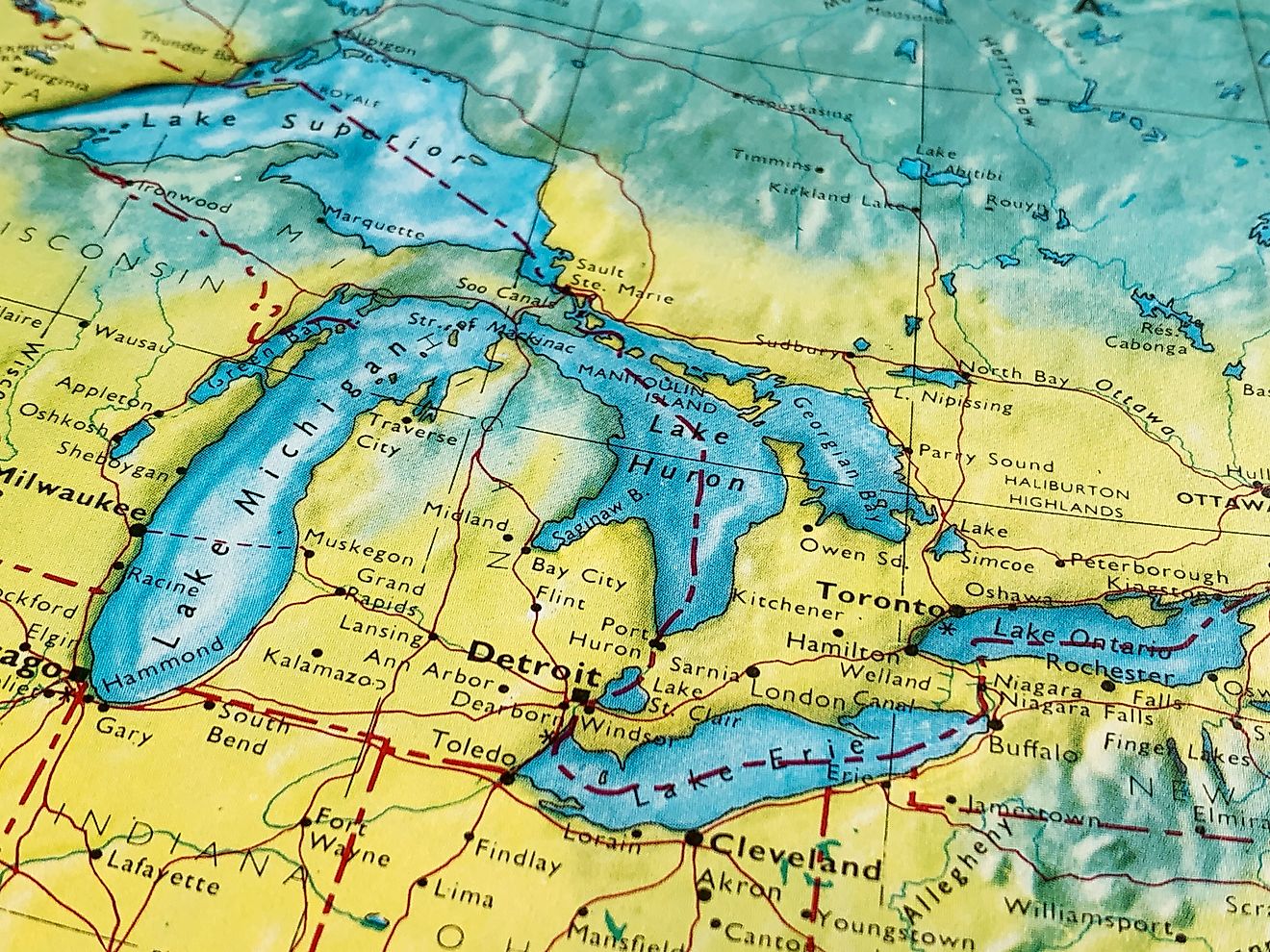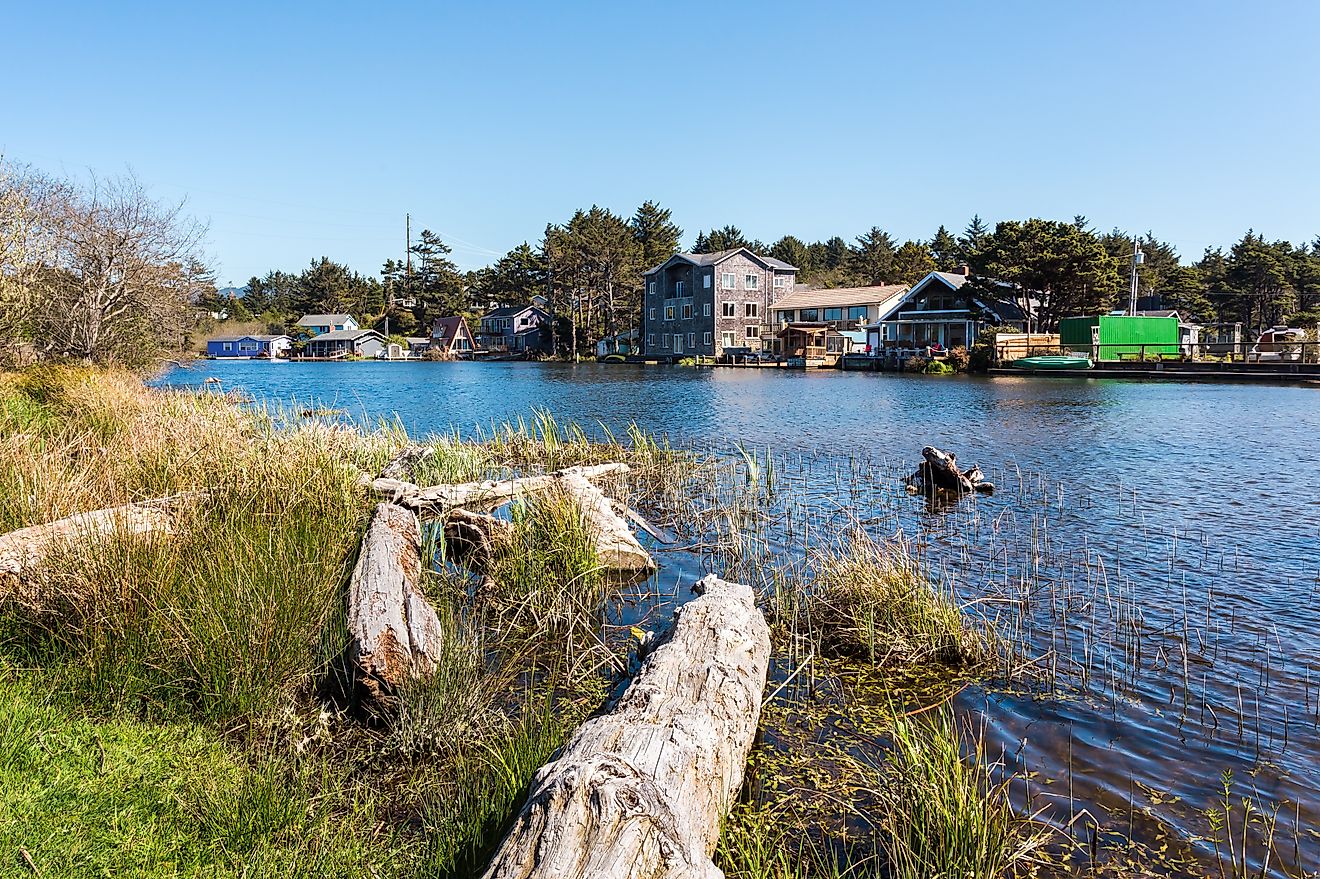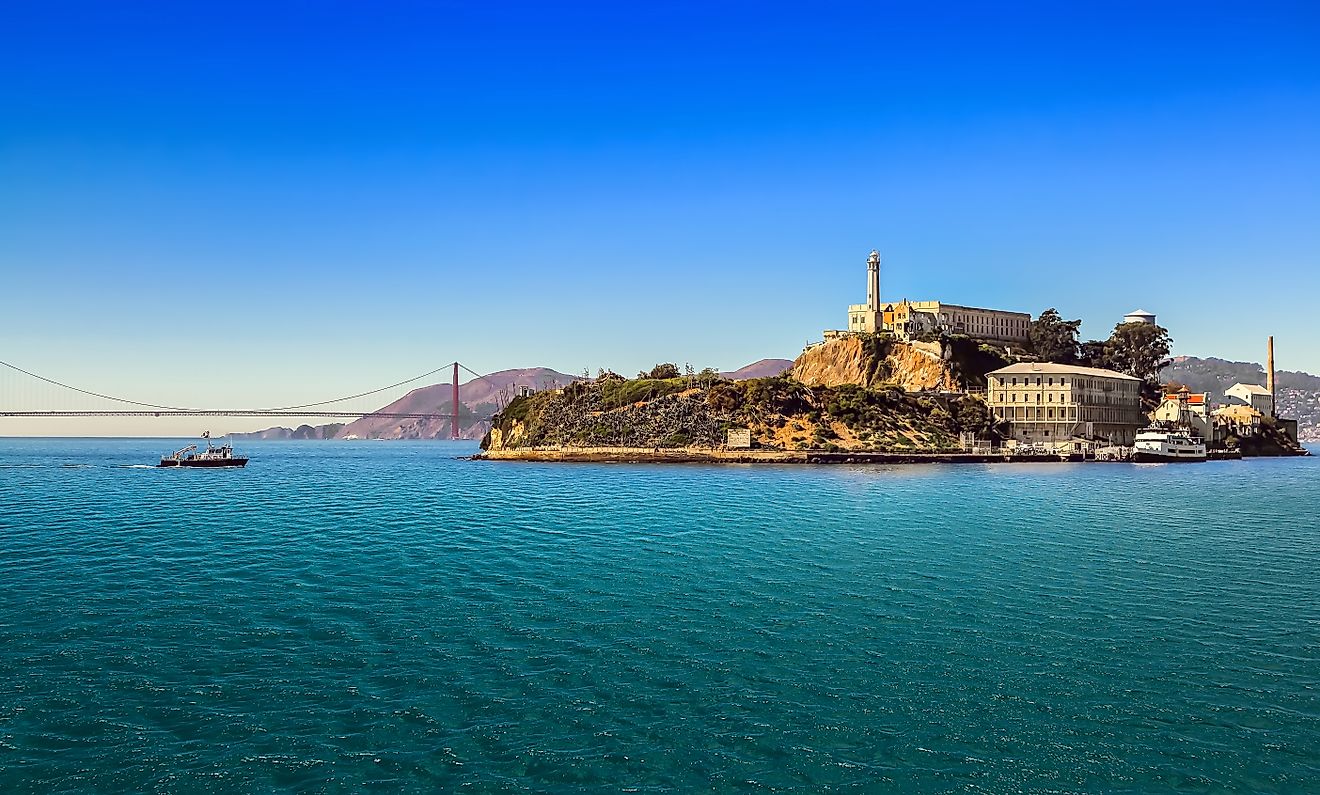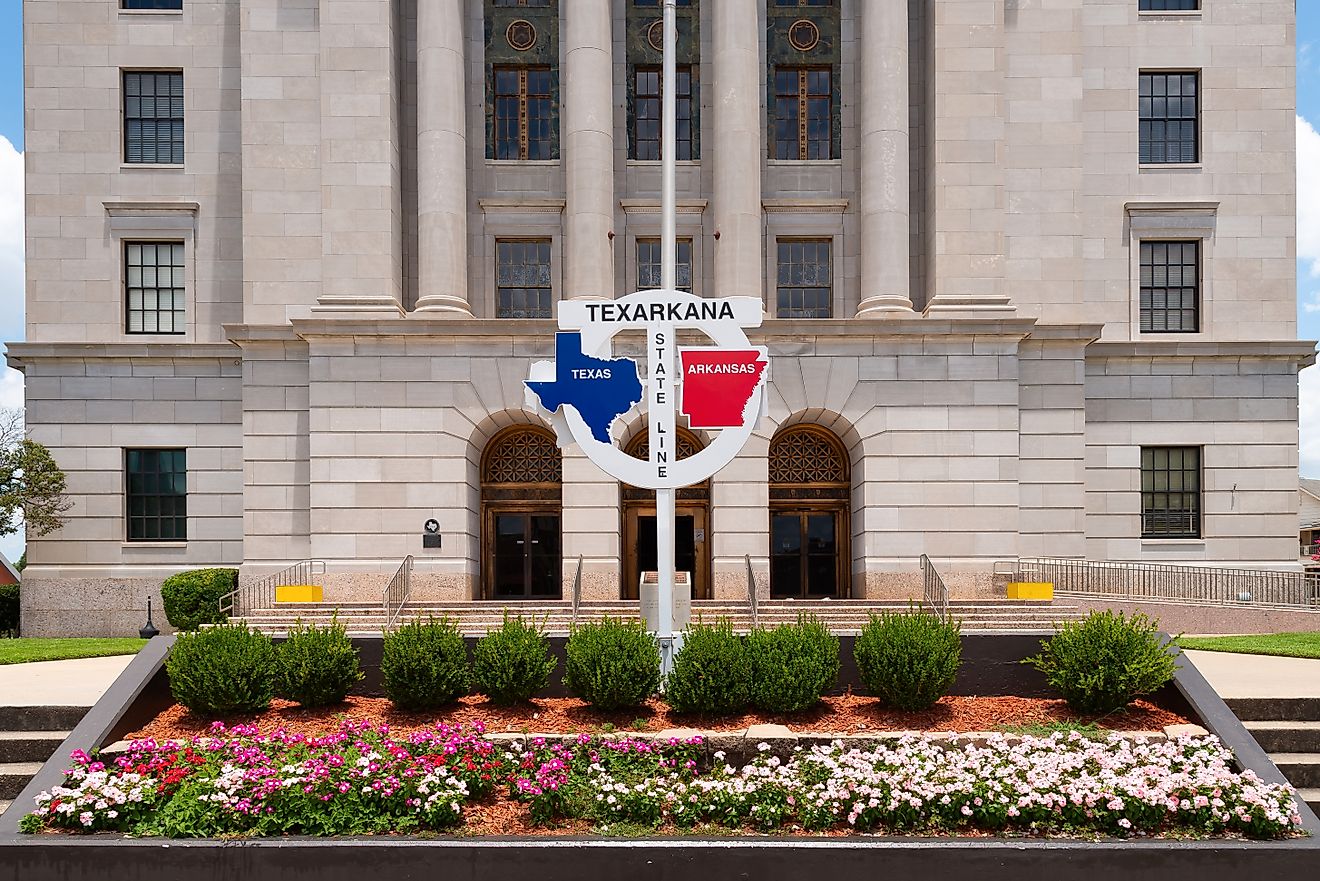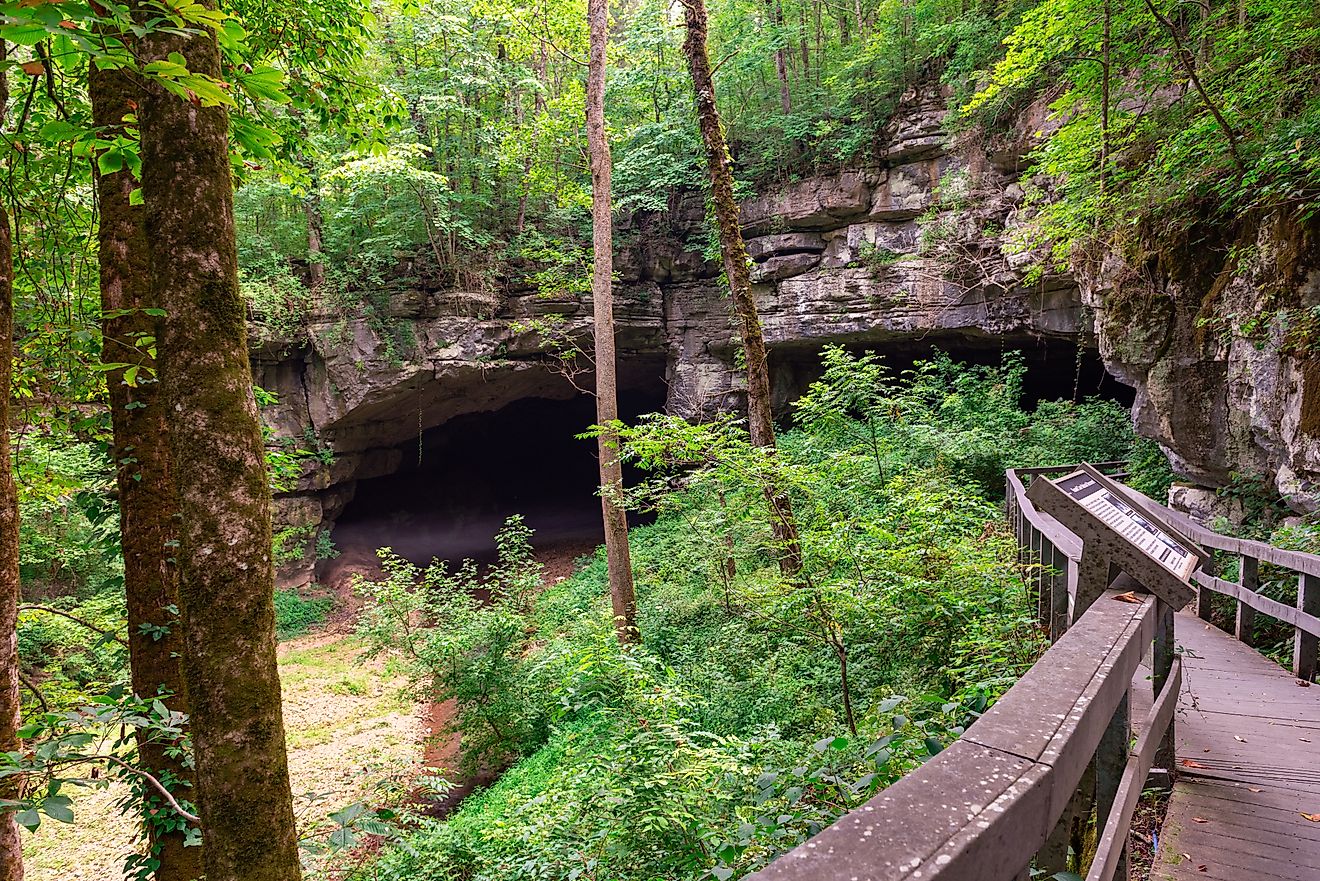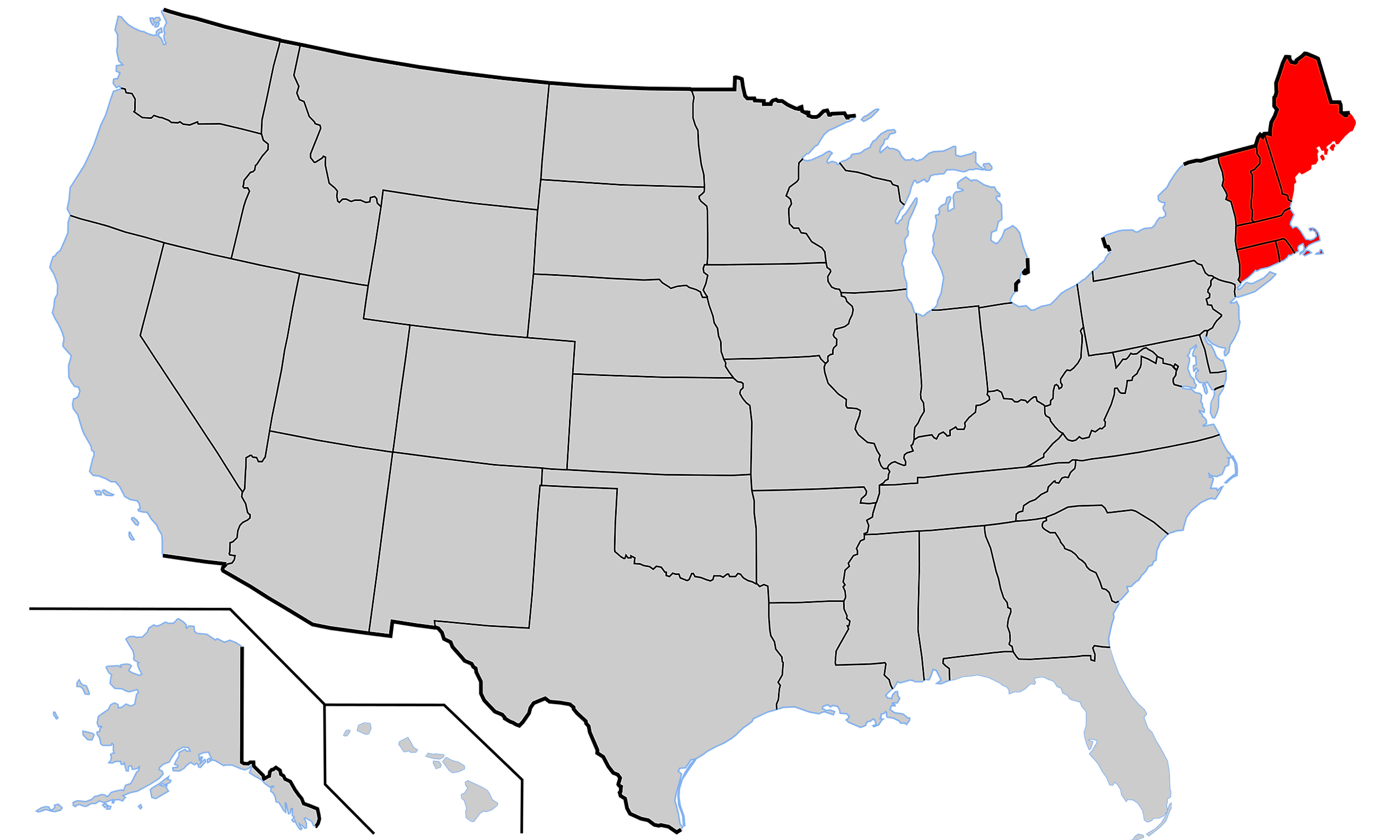
Which US States Make Up New England?
New England is more than a geographical region. It’s the birthplace of American identity. With deep colonial roots, rugged coastlines, white-steepled towns, and fall foliage that draws travelers from around the world, New England is one of the most distinctive regions in the United States.
But what exactly defines New England? Which states are included, and why? The answer begins long before the founding of the United States, when English settlers first arrived on North America's eastern edge.
Today, six US states make up New England: Connecticut, Maine, Massachusetts, New Hampshire, Rhode Island, and Vermont. Together, they form a region rich in history, culture, and natural beauty.
The Six States of New England
Take a closer look at each New England state. Here’s what makes each one unique and why they are grouped together in this historic region.
Massachusetts
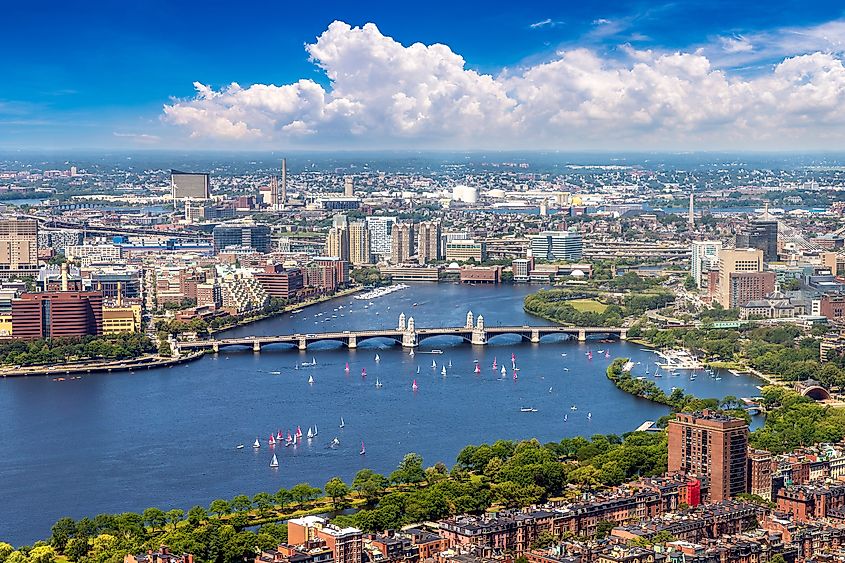
-
Capital: Boston
-
Founded: 1788 (originally settled in 1620)
-
Population: Approximately 7 million
Massachusetts is often considered the heart of New England in both history and culture. It’s home to Boston, one of the oldest cities in the country and a focal point of the American Revolution. From the Boston Tea Party to Paul Revere’s famous ride, the events that sparked US independence unfolded here.
The state blends tradition with innovation. It’s a hub for education with world-renowned universities such as Harvard and MIT. Its economy thrives on healthcare, biotech, and finance. Beyond Boston, visitors can enjoy coastal escapes like Cape Cod, quaint towns like Salem and Plymouth, and rural beauty in the Berkshires.
Connecticut
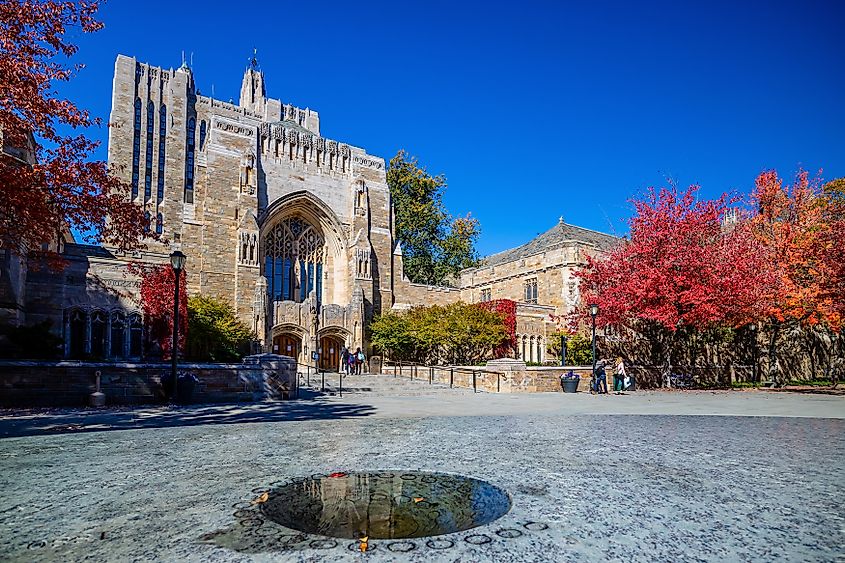
-
Capital: Hartford
-
Founded: 1788
-
Population: Approximately 3.6 million
Connecticut is the southernmost New England state and serves as a bridge between the Northeast and the Mid-Atlantic. It has strong ties to New York City, with many residents commuting from towns such as Stamford and Greenwich, but it retains its own identity rooted in colonial heritage and maritime charm.
Yale University, located in New Haven, adds academic prestige to the state. Connecticut also offers scenic coastal towns, a strong insurance industry centered in Hartford, and a mix of suburban and rural communities.
Despite its proximity to New York, Connecticut remains culturally aligned with New England values and history.
Rhode Island
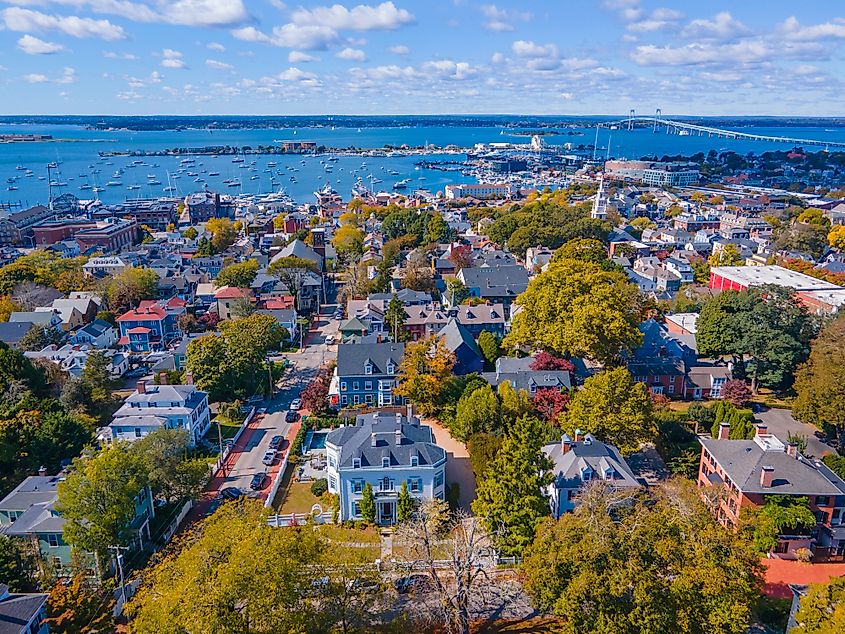
-
Capital: Providence
-
Founded: 1790
-
Population: Approximately 1.1 million
Rhode Island may be the smallest US state by area, but its historical role is significant. Founded by Roger Williams in 1636 as a haven for religious freedom, it was the first colony to declare independence from Britain in 1776.
Today, Rhode Island is known for its beaches, sailing culture, and the Gilded Age mansions of Newport. Providence, the capital, is a creative hub with institutions such as Brown University and the Rhode Island School of Design (RISD) shaping the city’s energy and culture.
Its coastal identity and early revolutionary spirit make Rhode Island a cornerstone of New England.
Maine
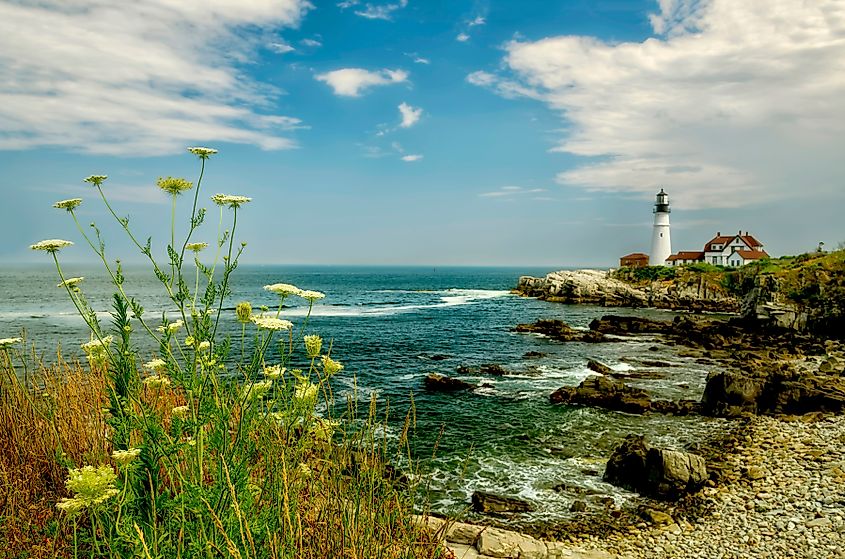
-
Capital: Augusta
-
Founded: 1820 (formerly part of Massachusetts)
-
Population: Approximately 1.4 million
Maine is the largest New England state by land area and the northernmost in the region. Known for its rugged coastline, vast forests, and seafood (especially lobster) it joined the Union in 1820 after separating from Massachusetts.
Portland, Maine’s largest city, offers a thriving food scene, coastal views, and a rich arts community. Inland, the state is a destination for outdoor lovers, offering hiking, skiing, and wildlife spotting in places such as Acadia National Park and Baxter State Park.
Maine adds natural beauty and coastal heritage to the New England identity.
New Hampshire
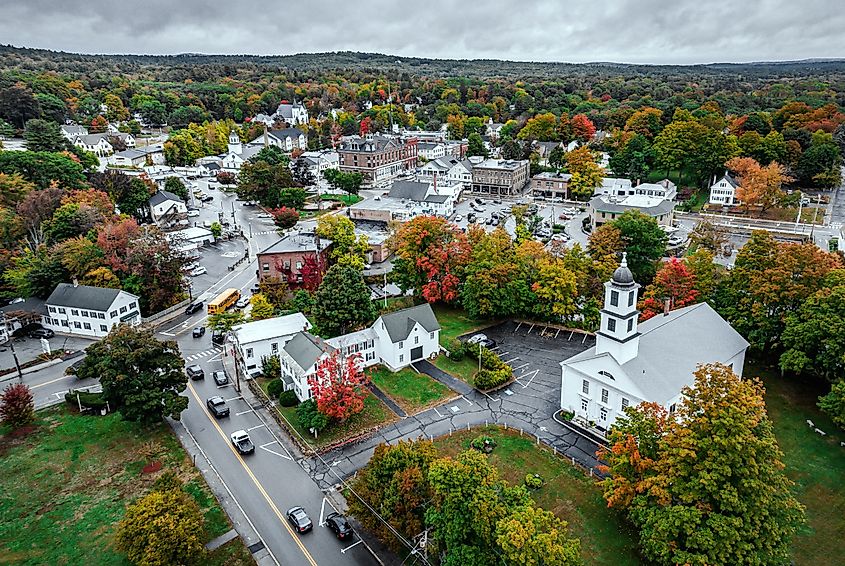
-
Capital: Concord
-
Founded: 1788
-
Population: Approximately 1.4 million
New Hampshire is known for its rugged mountain terrain, political influence, and strong sense of independence. Its motto, “Live Free or Die,” reflects the state’s fiercely independent culture. With no state income or sales tax, it stands out in the region for its economic policies.
The White Mountains offer skiing, hiking, and scenic drives, including the famous Kancamagus Highway. The state also plays a key role in presidential politics, holding the first primary in the election cycle.
New Hampshire blends natural adventure with a long-standing tradition of civic participation and small-town governance.
Vermont
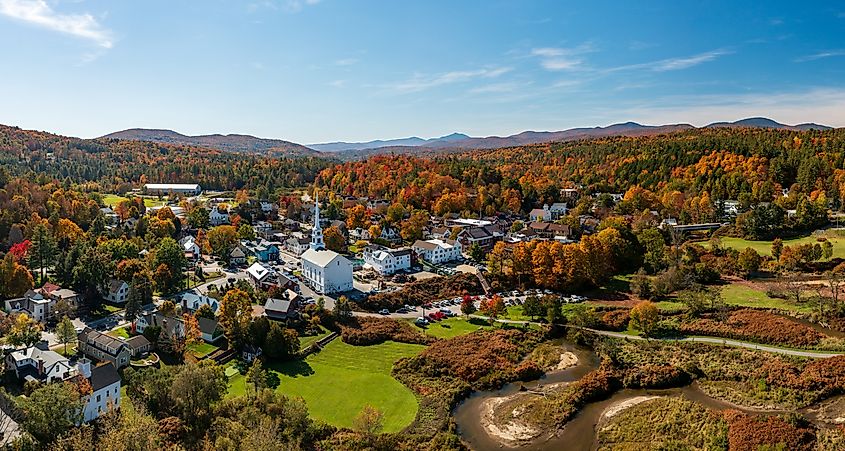
-
Capital: Montpelier
-
Founded: 1791
-
Population: Approximately 650,000
Vermont is the only New England state that does not border the Atlantic Ocean. Despite that, it is firmly rooted in New England’s identity due to its colonial history, agricultural roots, and small-town values.
Known for its maple syrup, dairy farms, and the Green Mountains, Vermont was an independent republic before becoming the 14th US state. Its largest city, Burlington, sits along Lake Champlain and offers a vibrant, laid-back college-town atmosphere.
Vermont’s environmental consciousness, progressive policies, and natural beauty give the region its rural character.
Why Are These States Called New England?

The term “New England” dates back to the early 1600s when English explorer John Smith used the name to describe the northeastern coast of North America. The region became one of the earliest centers of English colonization. Settlements such as Plymouth and Boston laid the groundwork for self-governance and resistance to British rule.
The original colonies included Massachusetts Bay, Connecticut, Rhode Island, and New Hampshire. Though Vermont and Maine developed somewhat differently, both share the region’s cultural roots and colonial legacy.
Today, New England remains distinct in its traditions, architecture, and local governance. From white steeples and village greens to covered bridges and town meetings, it preserves a historical continuity that is rare in modern America.
What Makes New England Unique?
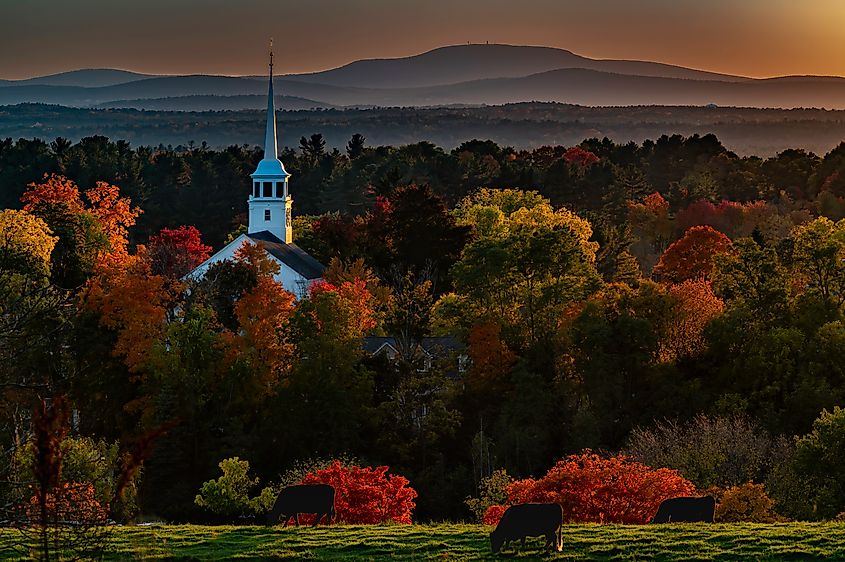
Historical Legacy
New England is home to many of the country’s oldest towns and historic landmarks. Events such as the Salem witch trials, the Boston Massacre, and the drafting of the Mayflower Compact all happened here.
Educational Institutions
The region is known globally for its prestigious colleges and universities, including Harvard, Yale, Dartmouth, Brown, and MIT. These institutions contribute to the region’s reputation for academic excellence and innovation.
Distinct Seasons
New England experiences all four seasons with vivid contrasts. Fall foliage attracts millions of visitors. Winters bring snow sports and cozy mountain towns. Spring and summer offer hiking, beaches, and festivals.
Town Meeting Governance
Many communities in New England still use the traditional town meeting format, allowing direct participation by residents in local government. This form of grassroots democracy has deep roots in the region’s colonial past.
Culinary Identity
New England cuisine reflects its coastal and agricultural resources. Popular dishes include clam chowder, lobster rolls, baked beans, maple candy, and apple cider.
Where Is New England Located?
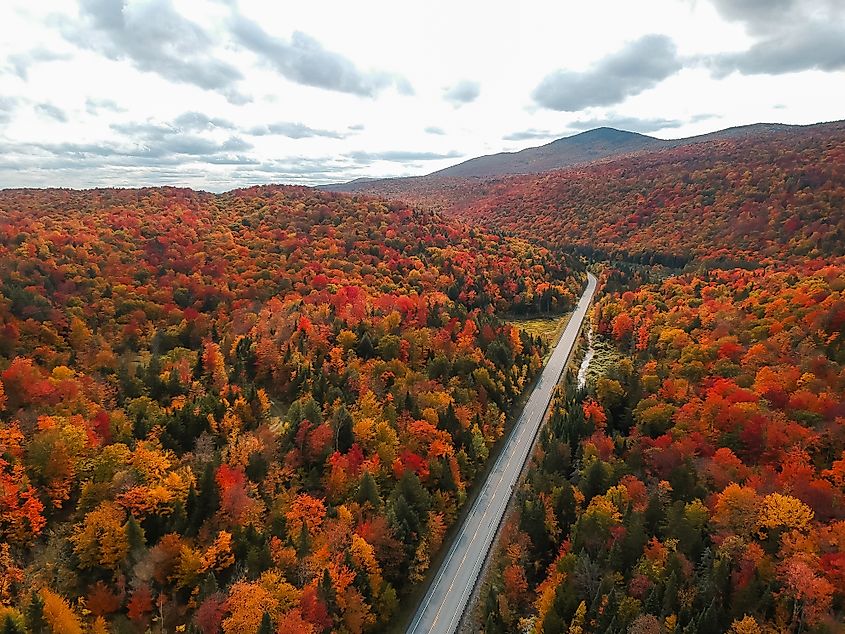
New England is located in the northeastern corner of the United States. It borders New York to the west and Canada to the north. The Atlantic Ocean defines its eastern boundary, and the Appalachian Mountains run through much of the region.
Despite its relatively small size, New England has outsized influence in areas such as education, healthcare, politics, and tourism. It’s often grouped within the broader “Northeast” region of the US, though it maintains a distinct identity.
Six States, One Historic Region
The six states of New England (Massachusetts, Connecticut, Rhode Island, Maine, New Hampshire, and Vermont) together represent the foundation of early America. Their shared history, compact geography, and cultural values have shaped the region for centuries.
Each state contributes its own flavor. Massachusetts offers academic and revolutionary roots. Maine provides untamed coastal landscapes. Vermont brings rural independence. Connecticut and Rhode Island balance city life with colonial charm, while New Hampshire showcases political tradition and mountain beauty.
Whether you're visiting for the scenery, history, or culture, New England remains one of the most distinctive and storied regions in the country.
Quick Reference: New England States
| State | Capital | Known For |
|---|---|---|
| Massachusetts | Boston | American Revolution, universities |
| Connecticut | Hartford | Yale, colonial towns, coastal charm |
| Rhode Island | Providence | Beaches, sailing, art schools |
| Maine | Augusta | Lobster, Acadia, rugged coastline |
| New Hampshire | Concord | White Mountains, politics, fall foliage |
| Vermont | Montpelier | Maple syrup, green mountains, farms |
